Located in the deep south of Morocco, the Draa Valley stretches from the city of Ouarzazate into the Sahara Desert. The Draa River Valley is over 100 kilometres in length. The Draa Valley is a stunning oasis home to Berber villages, sumptuous Kasbahs, streaming sand dunes, lush green plains, snow-capped Atlas Mountains, endless stretches of palm trees and the Draa, Morocco’s largest river. It was once an important transit point on the trans-Saharan caravan route as well as an important center for Jewish civilization and Arab learning and religion. 225,000 people live in the valley of the Draa, which measures 23,000 km². The valley corresponds with the province of Zagora, created in 1997, in the Souss-Massa-Drâa region. In the province there are 23 villages and two towns: Zagora and Agdz.
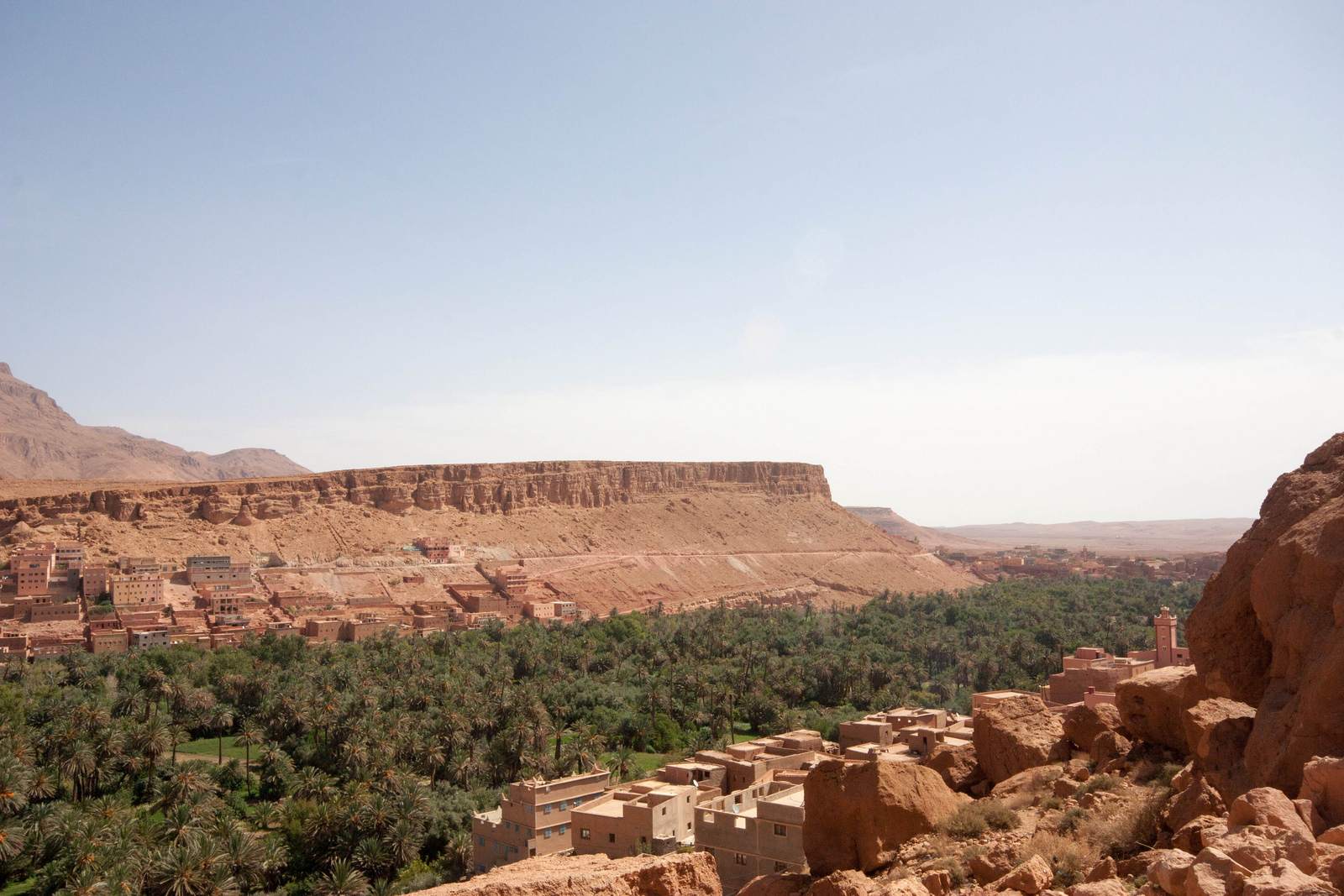
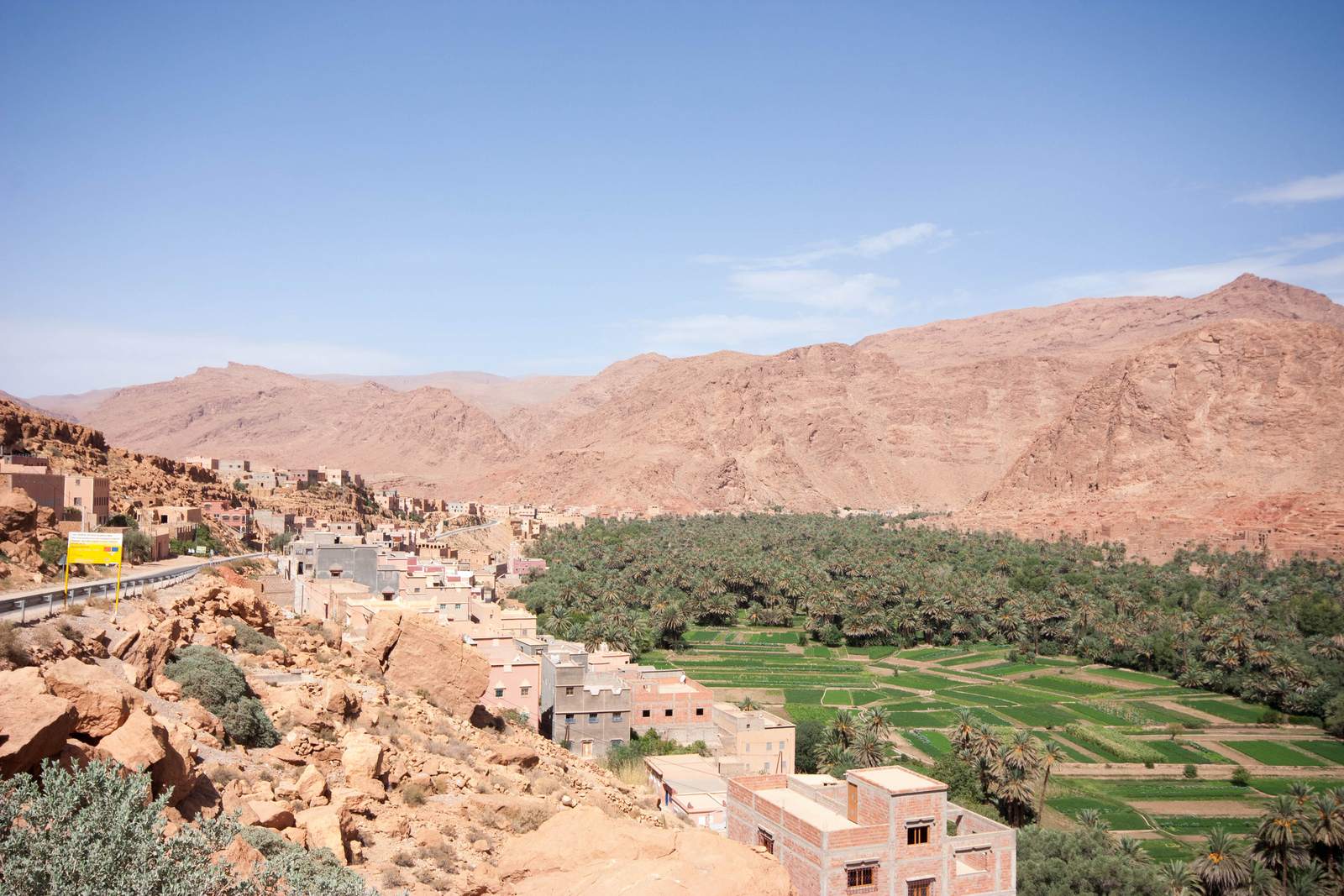
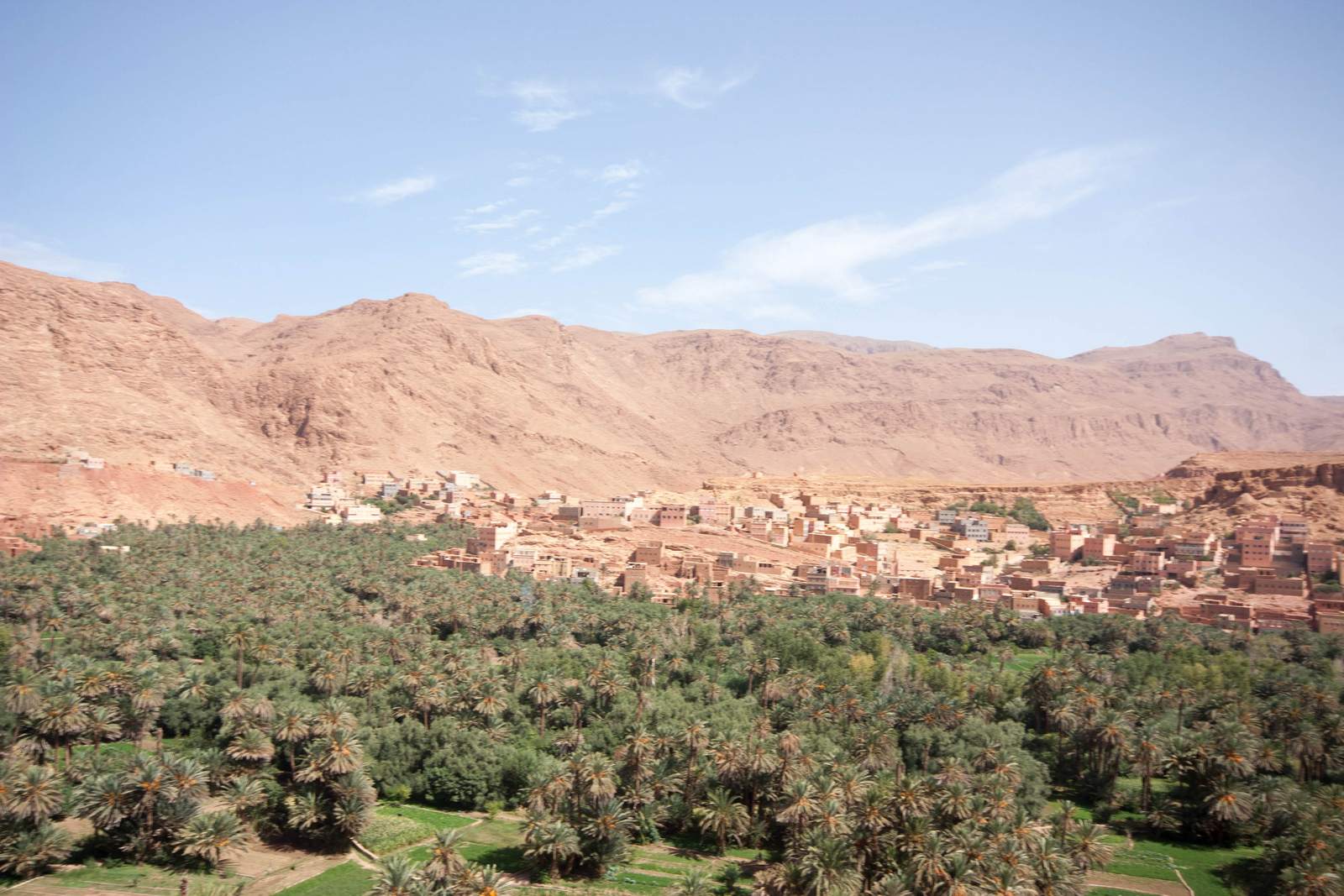
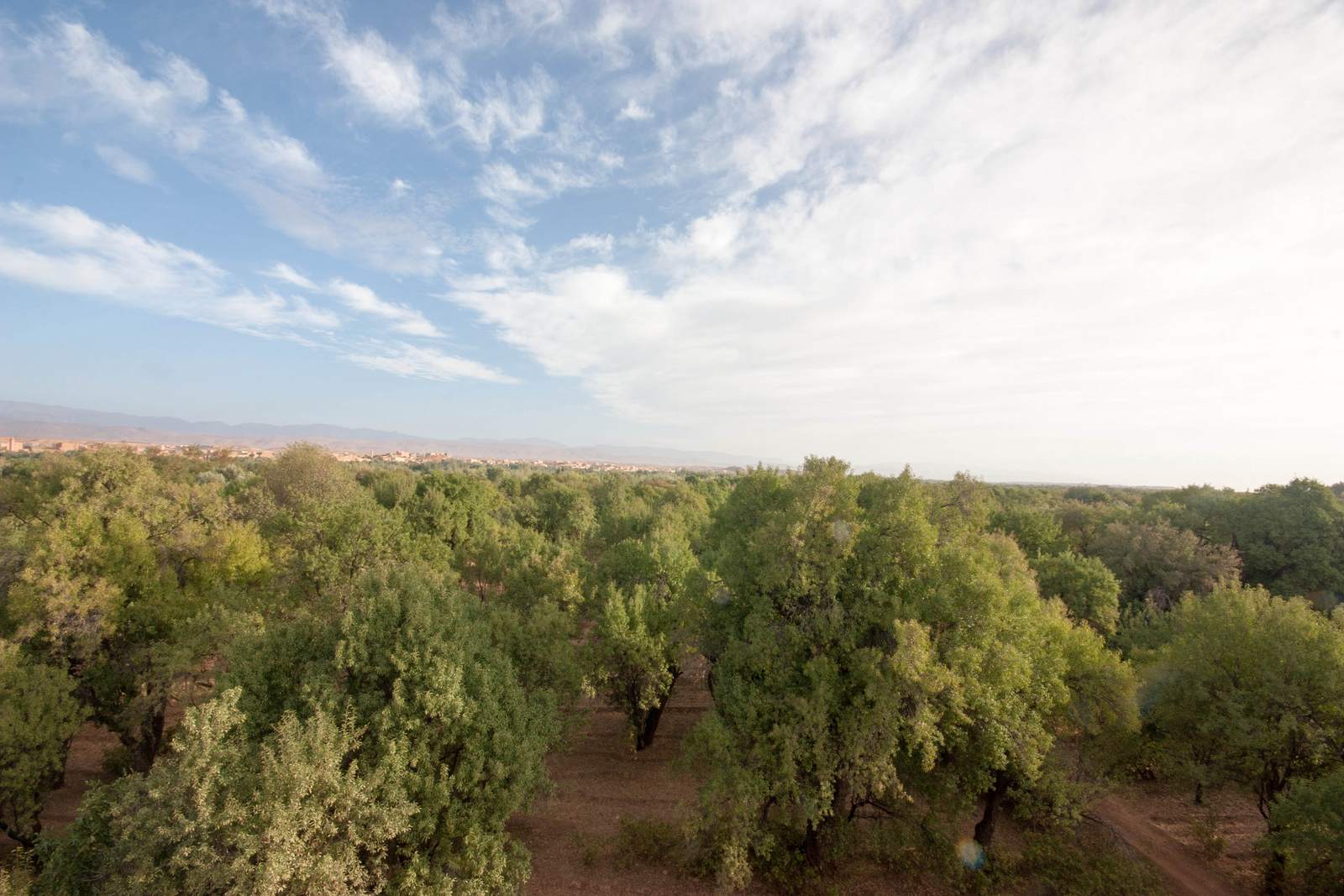
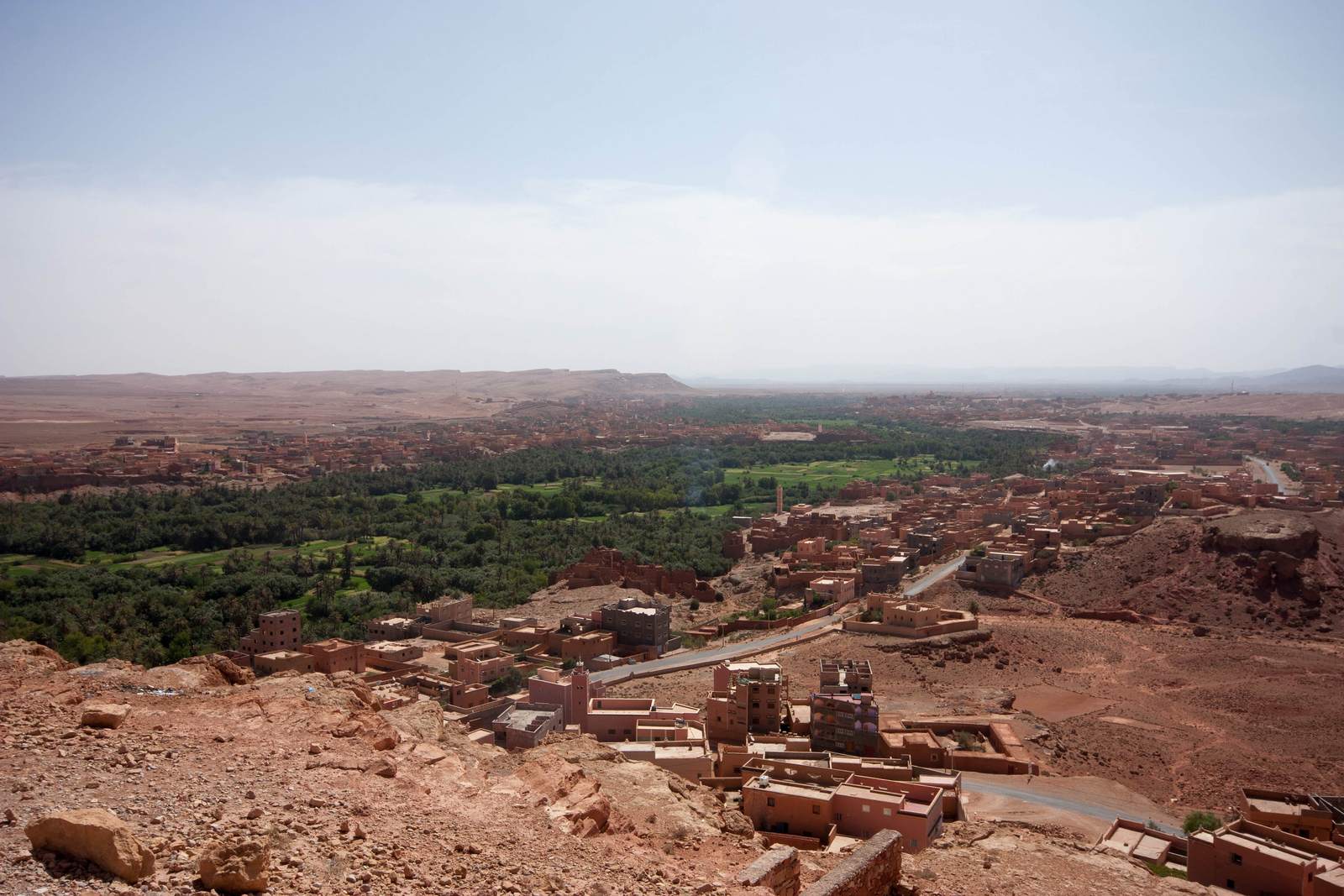
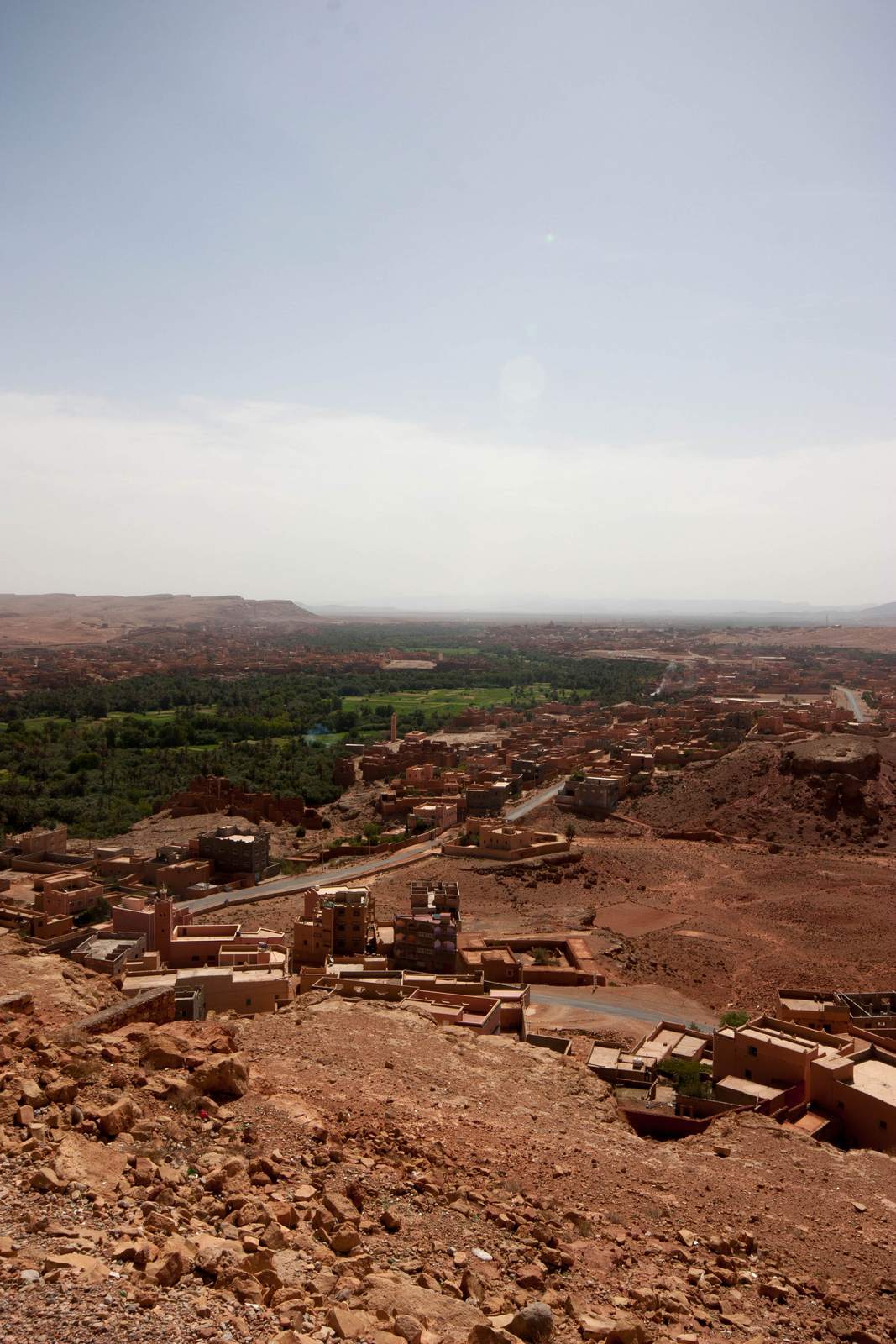
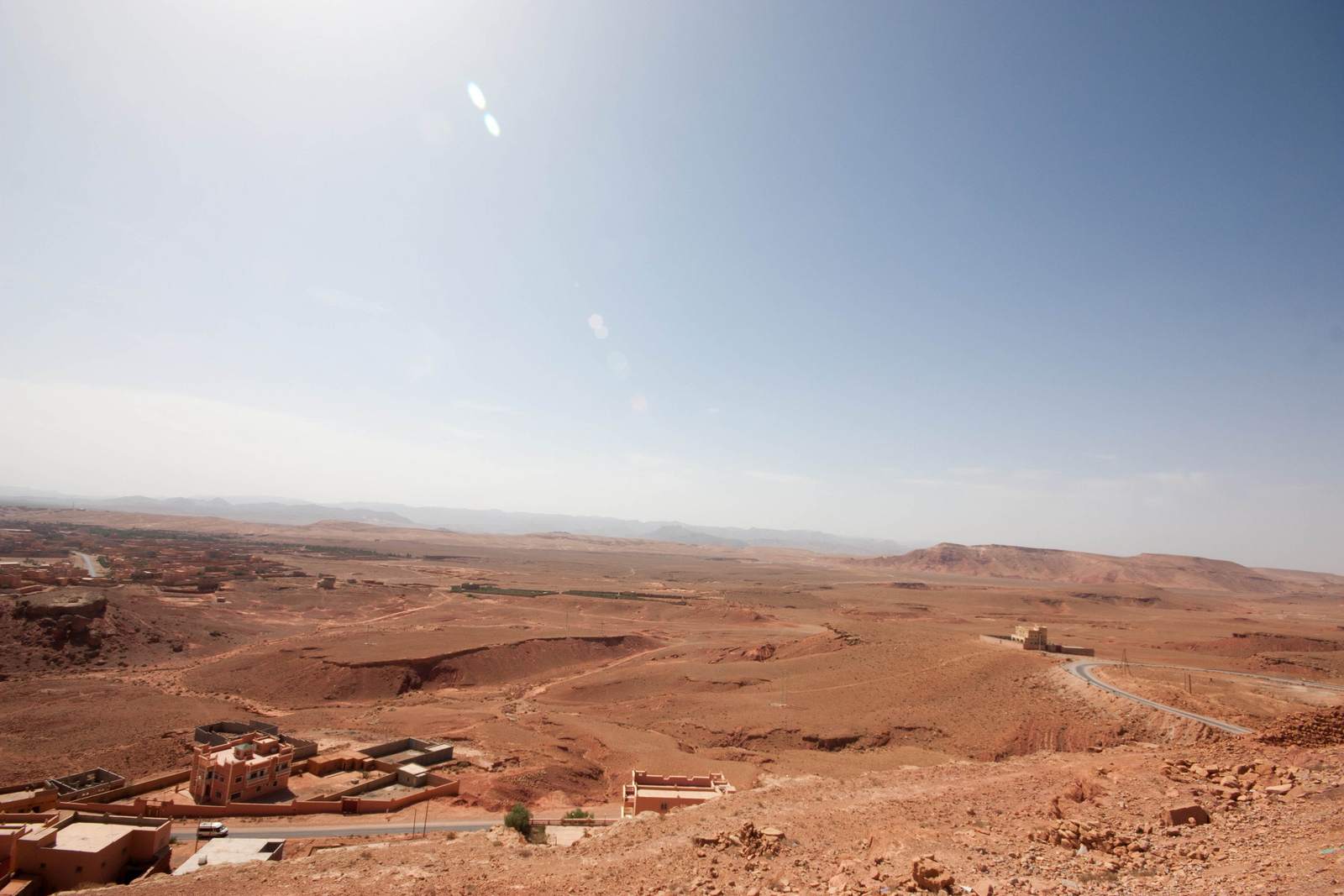
credit: tomaszd
Tags: Adventure, Dades River, Dara Magic Lantern, Darha, Desert, Draa, Draa River, draa valley, Mar, Morocco, North Africa, River, sahara, Souss-Massa-Drâa, Valley
Relevant Articles
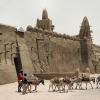

This West African city—long synonymous with the uttermost end of the Earth—was added to the Unesco World Heritage List in 1988, many centuries after its apex. Timbuktu was founded by nomads in the twelfth century and it rapidly became a major trading depot for the caravans of the Sahara Desert. It has often been invoked as a symbol as a mysterious and exotic place on Earth. Timbuktu city boasts a rich and fascinating history. it was once a thriving center of science and the starting point of Islam throughout Africa. Although the city and maintains a permanent population, as well as a place to store the greatest collection of ancient manuscripts of Timbuktu slowly recedes before approaching the Sahara desert. The main problem is the local desertification, as in there are big dunes and the streets are often buried under windblown sand. The temperature then increased too, often fever was recorded at above 55 ° C. The good news is that in the cool waters of the Niger can dip only 24 km from the city. Nowadays, Timbuktu is in the hands of Islamist rebels who captured the city from a secular rebel group in June. Most of the area’s population has fled to non-rebel controlled areas of Mali or Niger. The rebels have imposed sharia law, which includes mandatory veils for women, the stoning of adulterers, and punitive “amputations” for thieves. The rebels have called for the destruction of all of the city\’s shrines, which they believe to be a form of idolatry banned by Islam. It appears most, if not all, of the shrines have been destroyed.

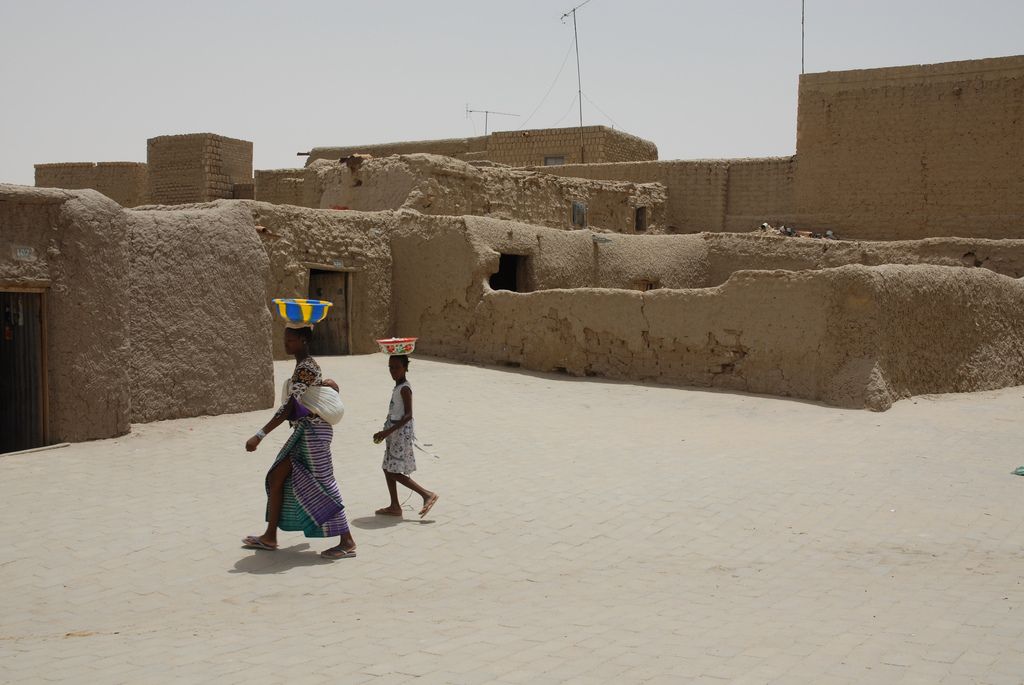
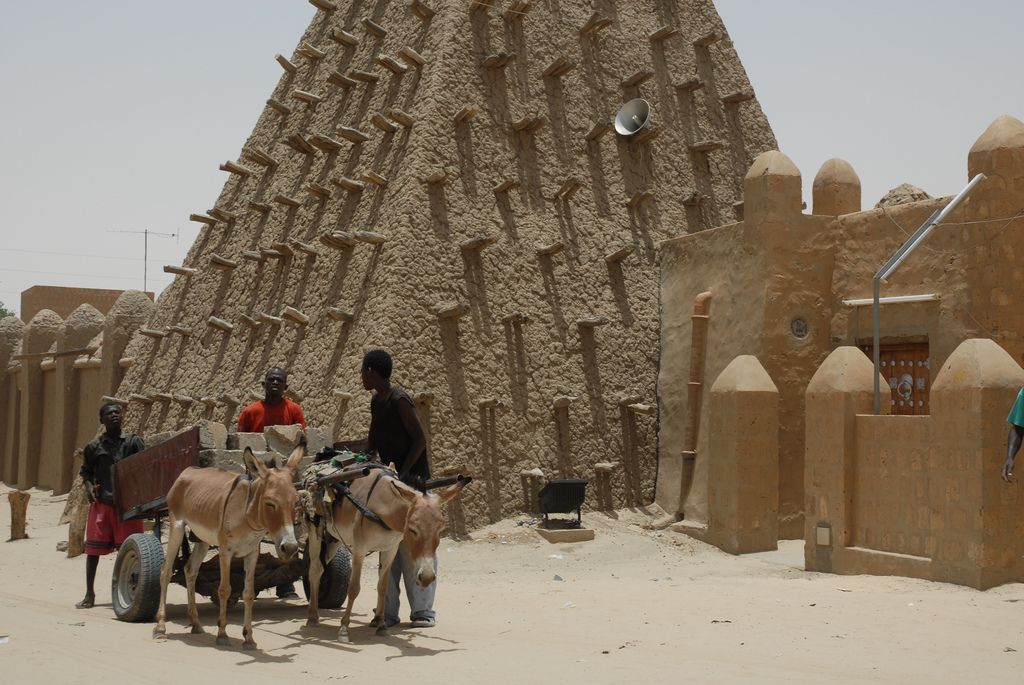
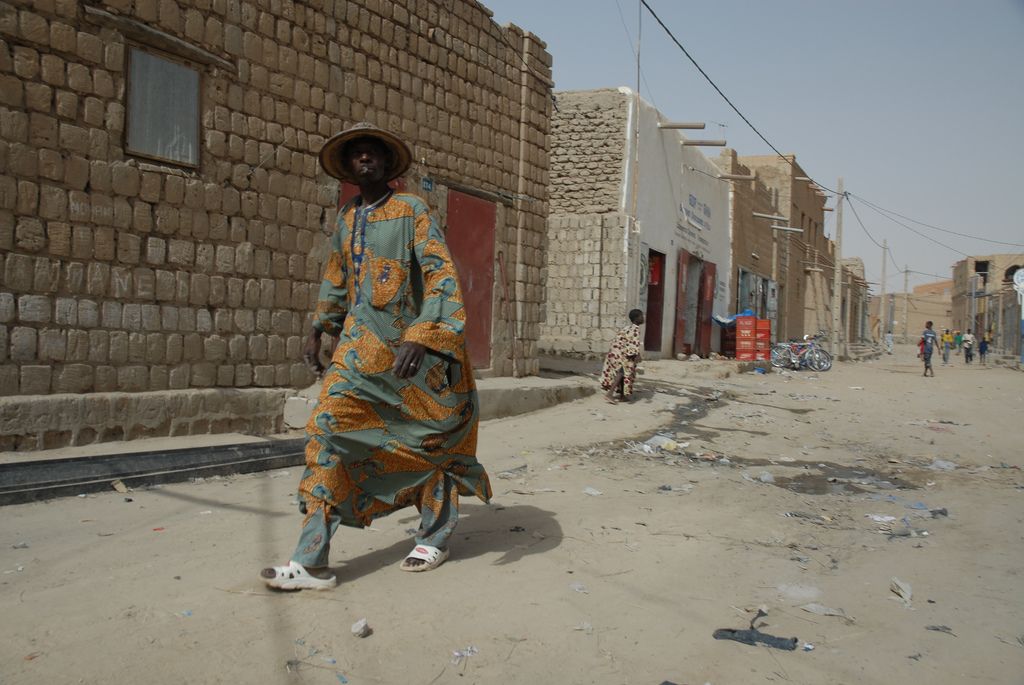
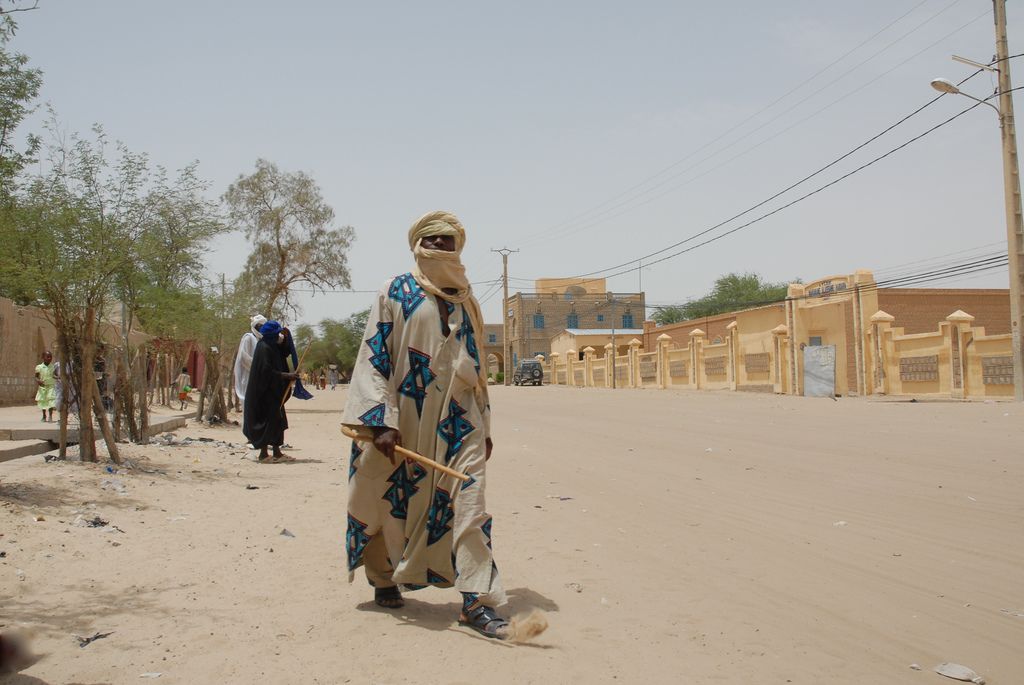

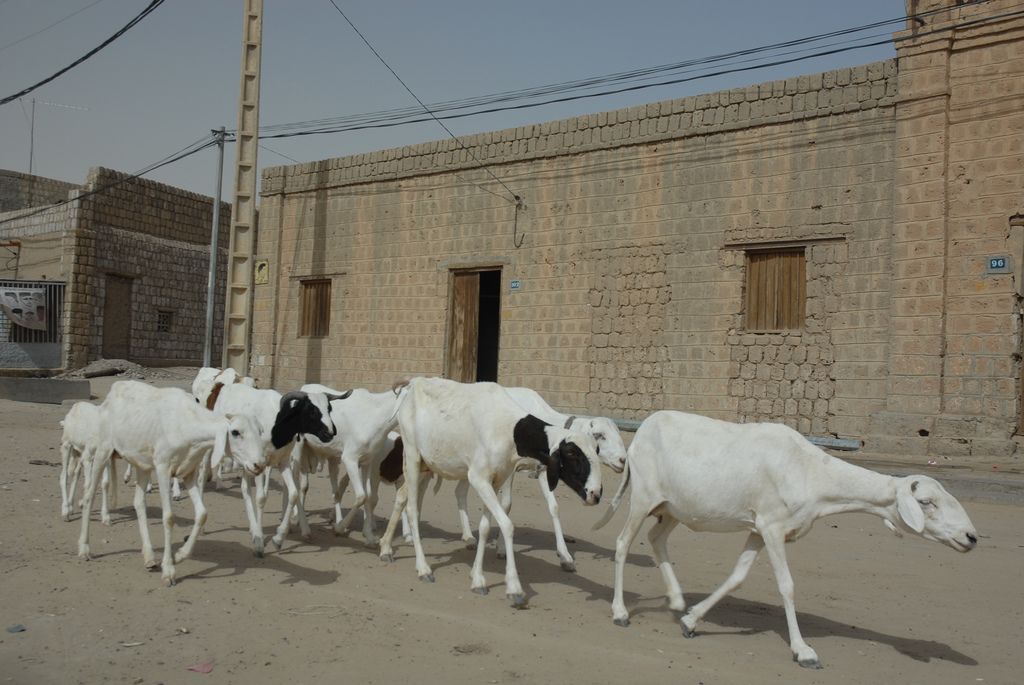
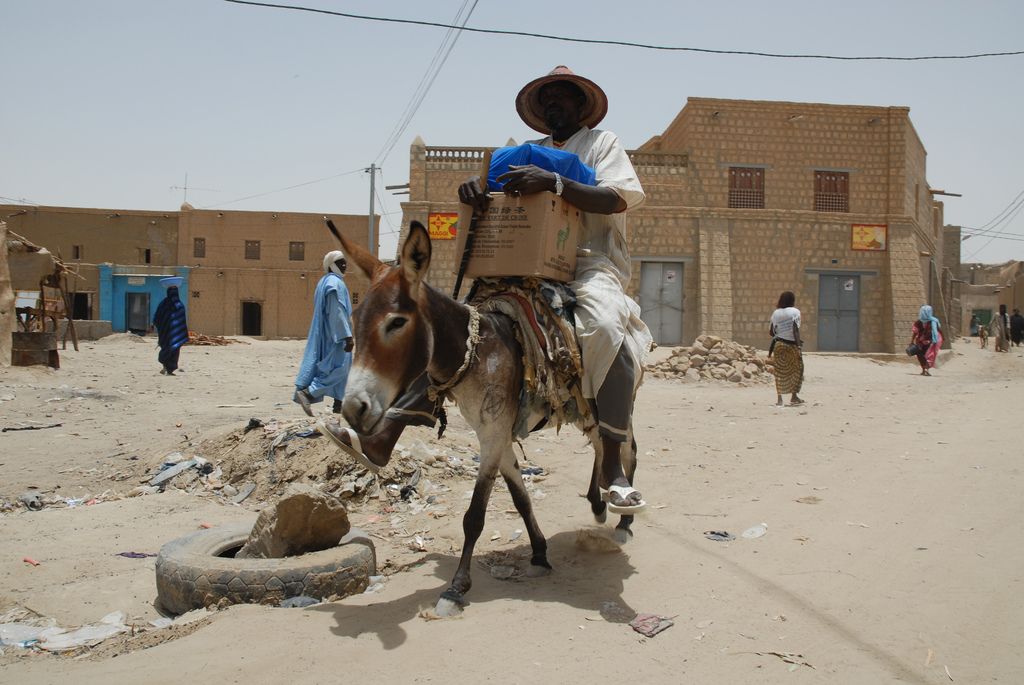
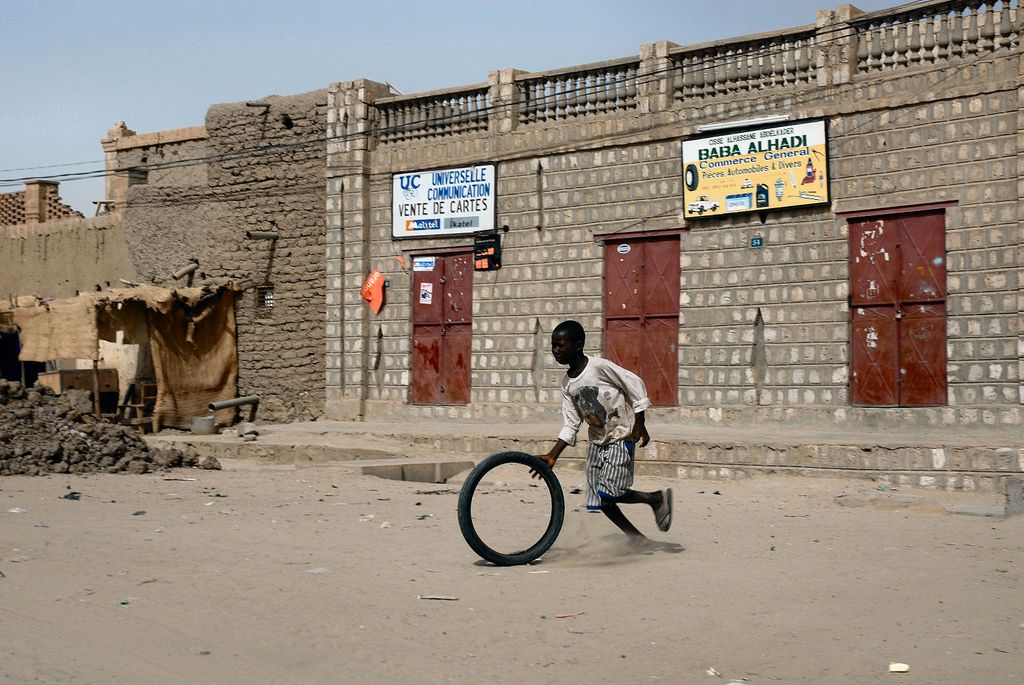

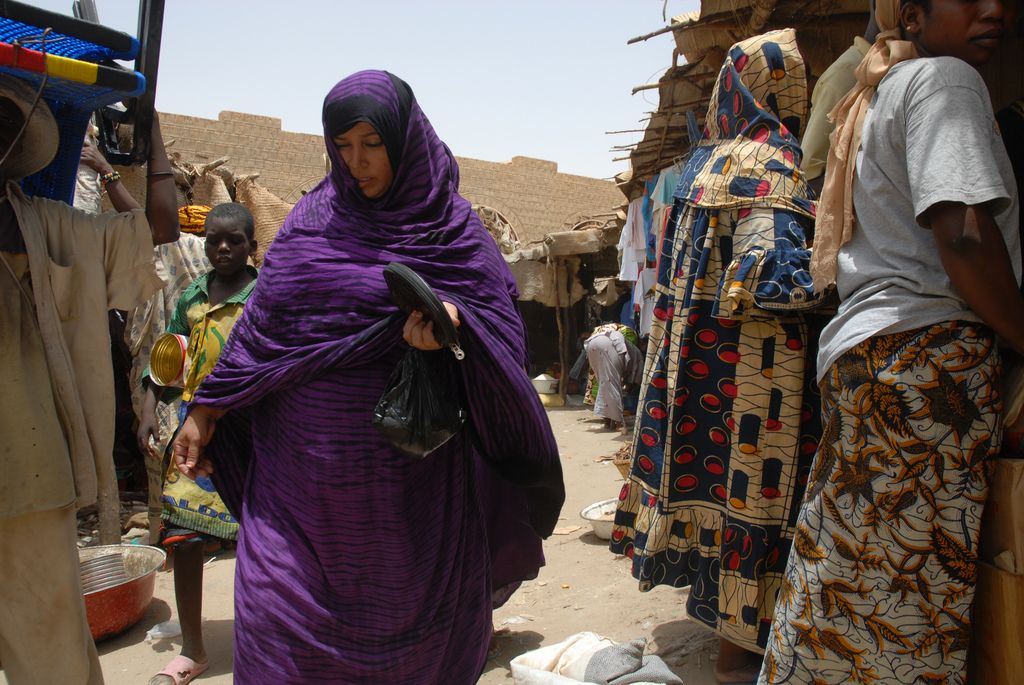

credit: Emilio Labrador
Tags: distant lands, donkey train, Ghana, hottest month, intense heat, Mali, Moschea Sankore, sahara, Scene, street, Street Scene, Sub Sahara, Timbuktu, Typical, West Africa, World Heritage Site
Relevant Articles








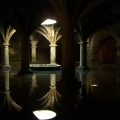 Portuguese El Jadida Cistern, Mo...
Portuguese El Jadida Cistern, Mo...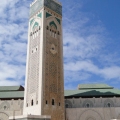 Hassan II Mosque in Casablanca, ...
Hassan II Mosque in Casablanca, ...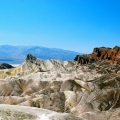 Death Valley National Park Wallp...
Death Valley National Park Wallp...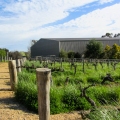 Wine Path at Barossa Valley, Aus...
Wine Path at Barossa Valley, Aus...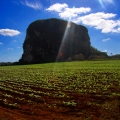 Vinales Valley – UNESCO Wo...
Vinales Valley – UNESCO Wo...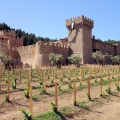 Castello di Amorosa Winery in Na...
Castello di Amorosa Winery in Na...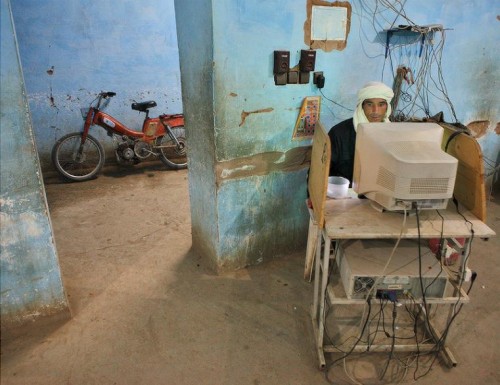 Internet Cafe In Sahara
Internet Cafe In Sahara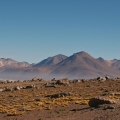 The Atacama Desert – One o...
The Atacama Desert – One o...












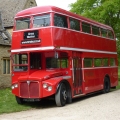 Typical Symbols of England on th...
Typical Symbols of England on th...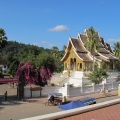 Luang Prabang – UNESCO Wor...
Luang Prabang – UNESCO Wor... Mosetlha Bush Camp at Madikwe Ga...
Mosetlha Bush Camp at Madikwe Ga...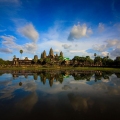 Angkor Wat – UNESCO World ...
Angkor Wat – UNESCO World ...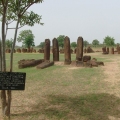 UNESCO Wassu Stone Circles
UNESCO Wassu Stone Circles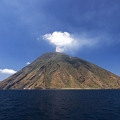 Stromboli – The Most Activ...
Stromboli – The Most Activ...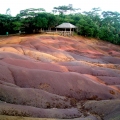 The Seven-coloured earth of Cham...
The Seven-coloured earth of Cham...


